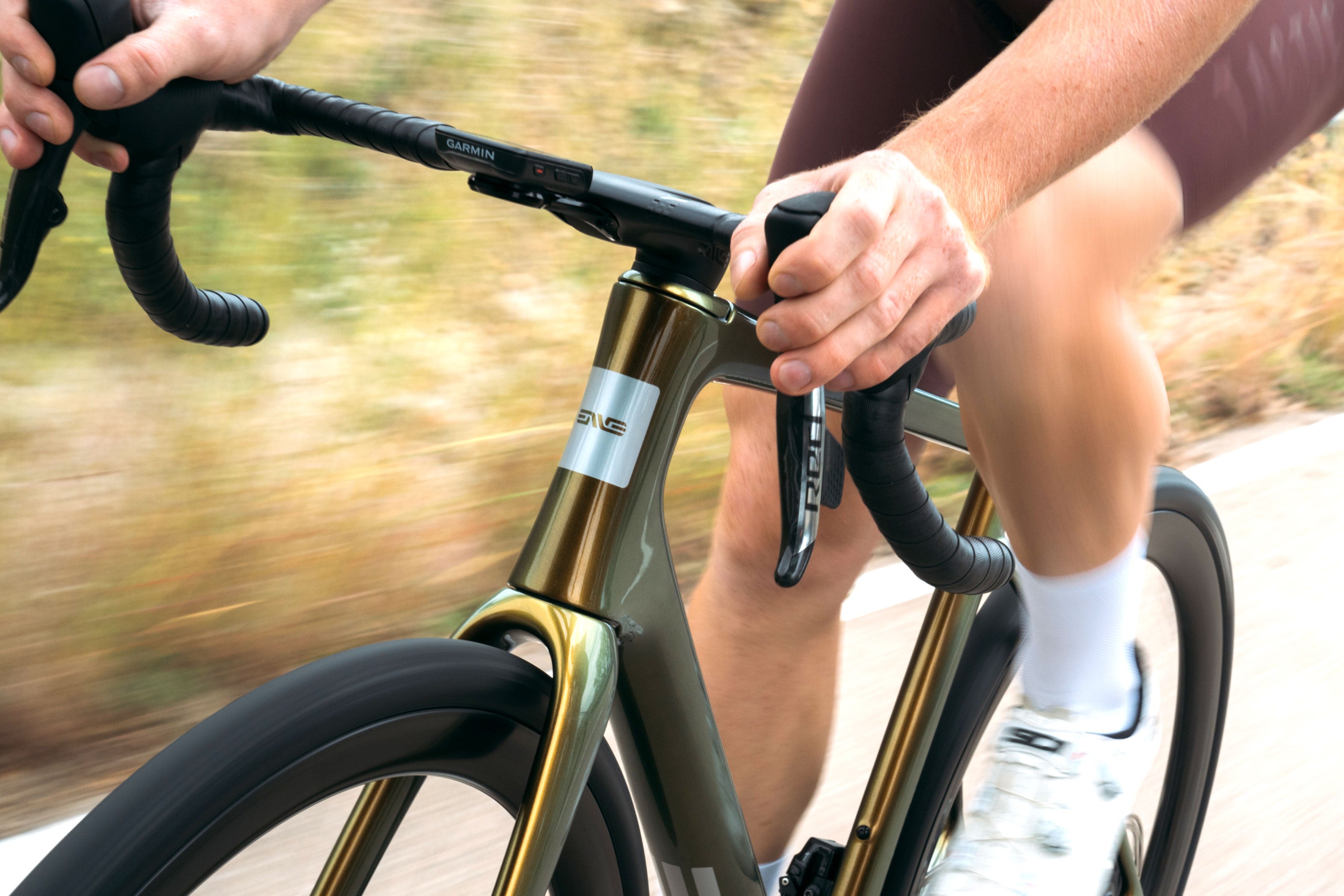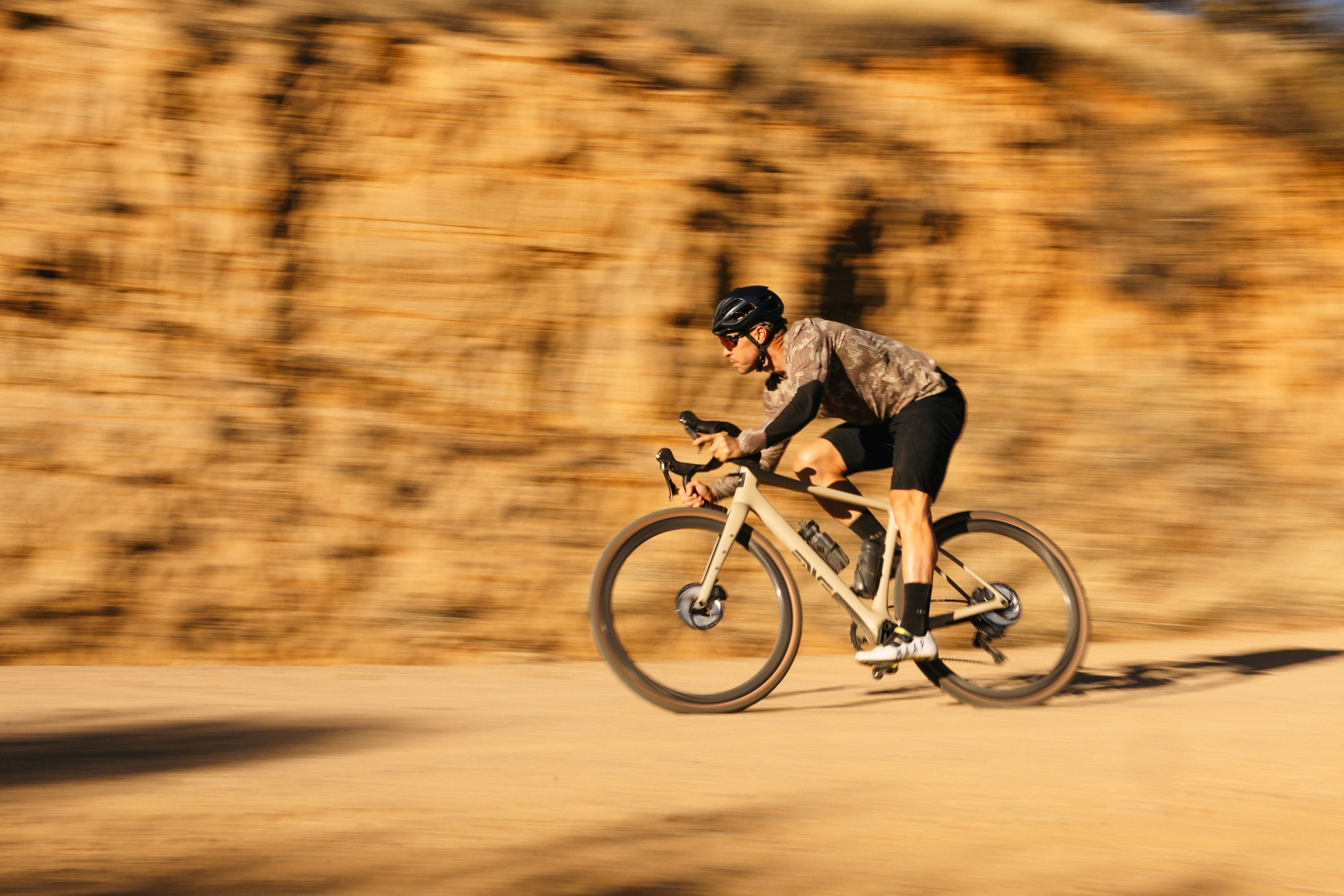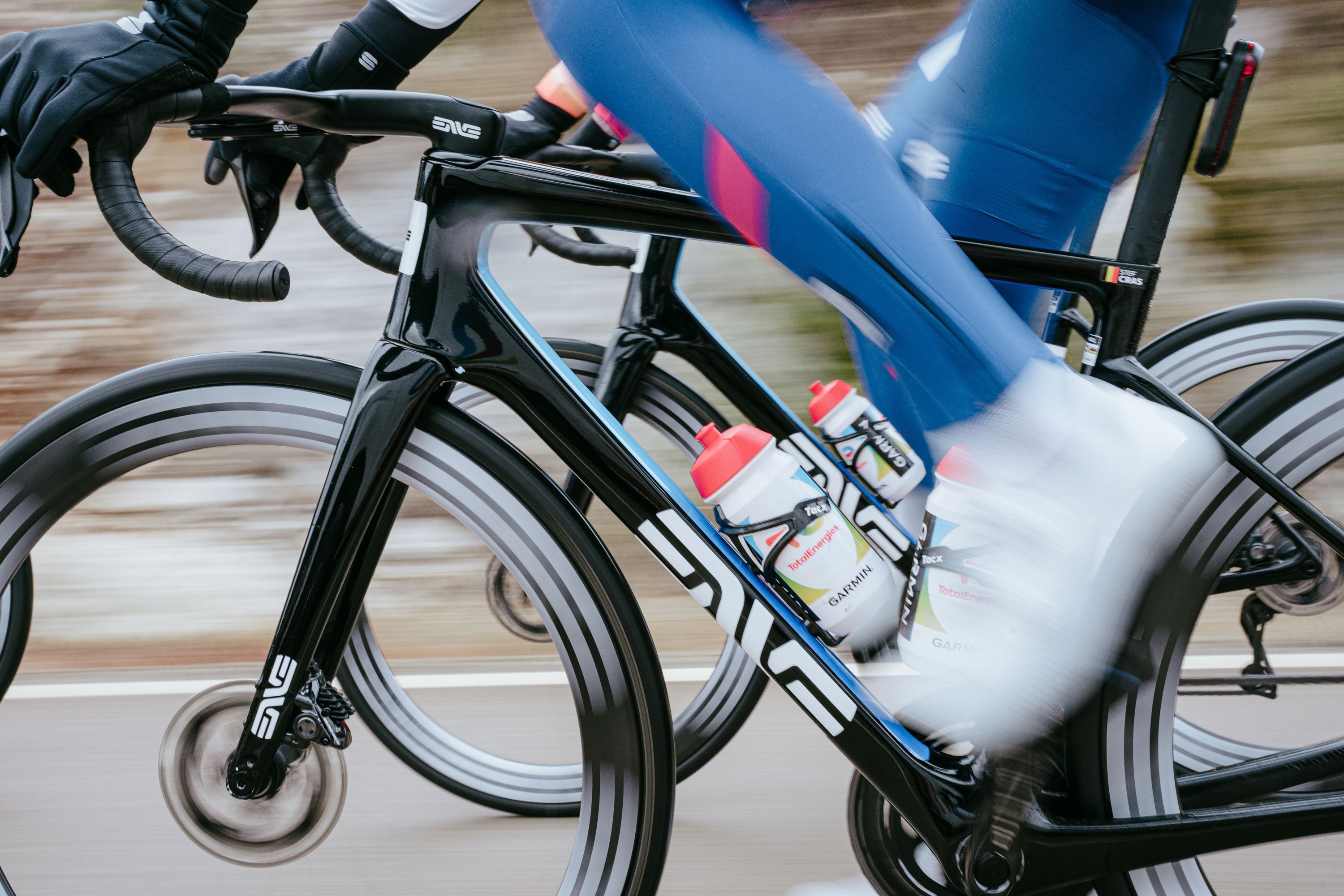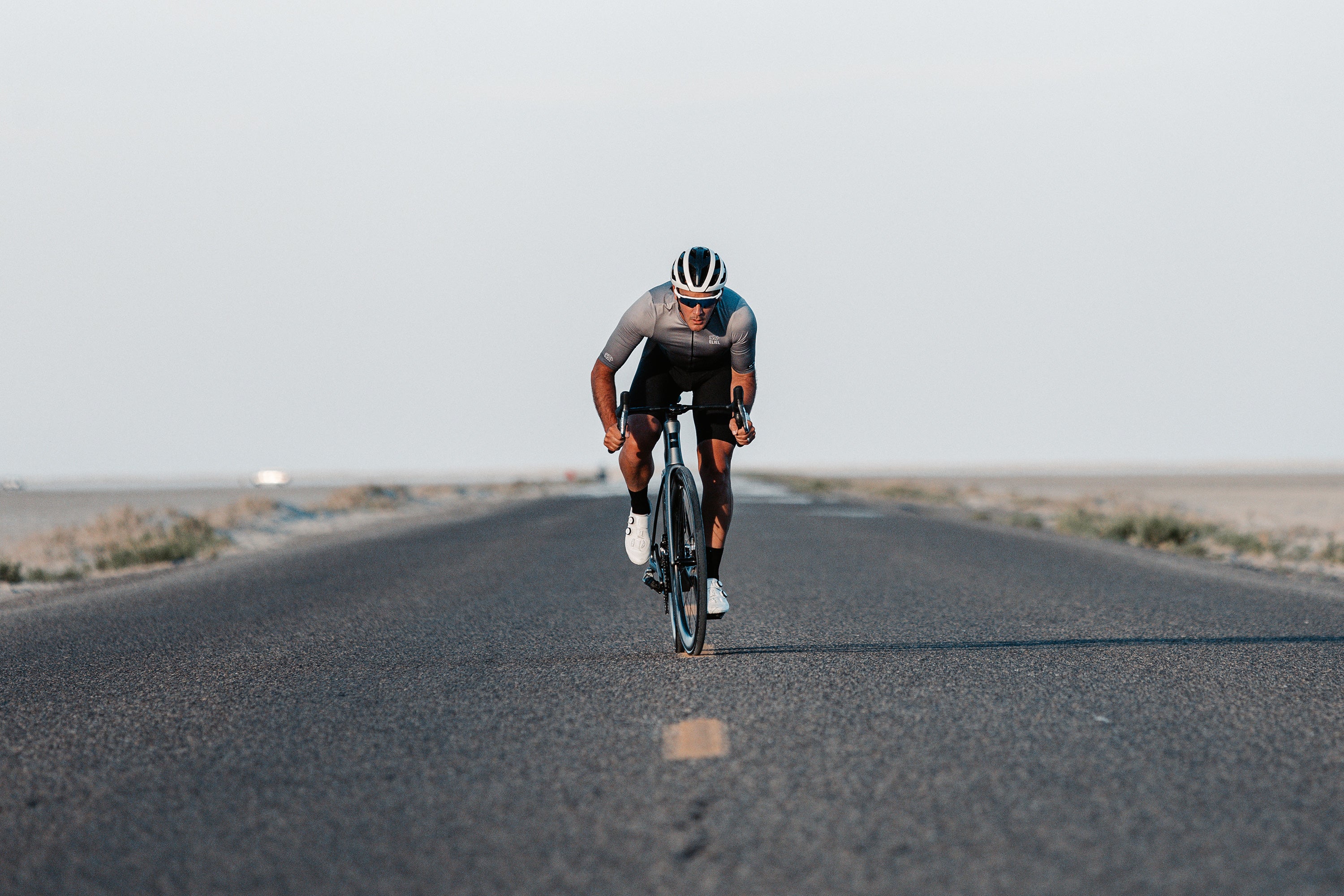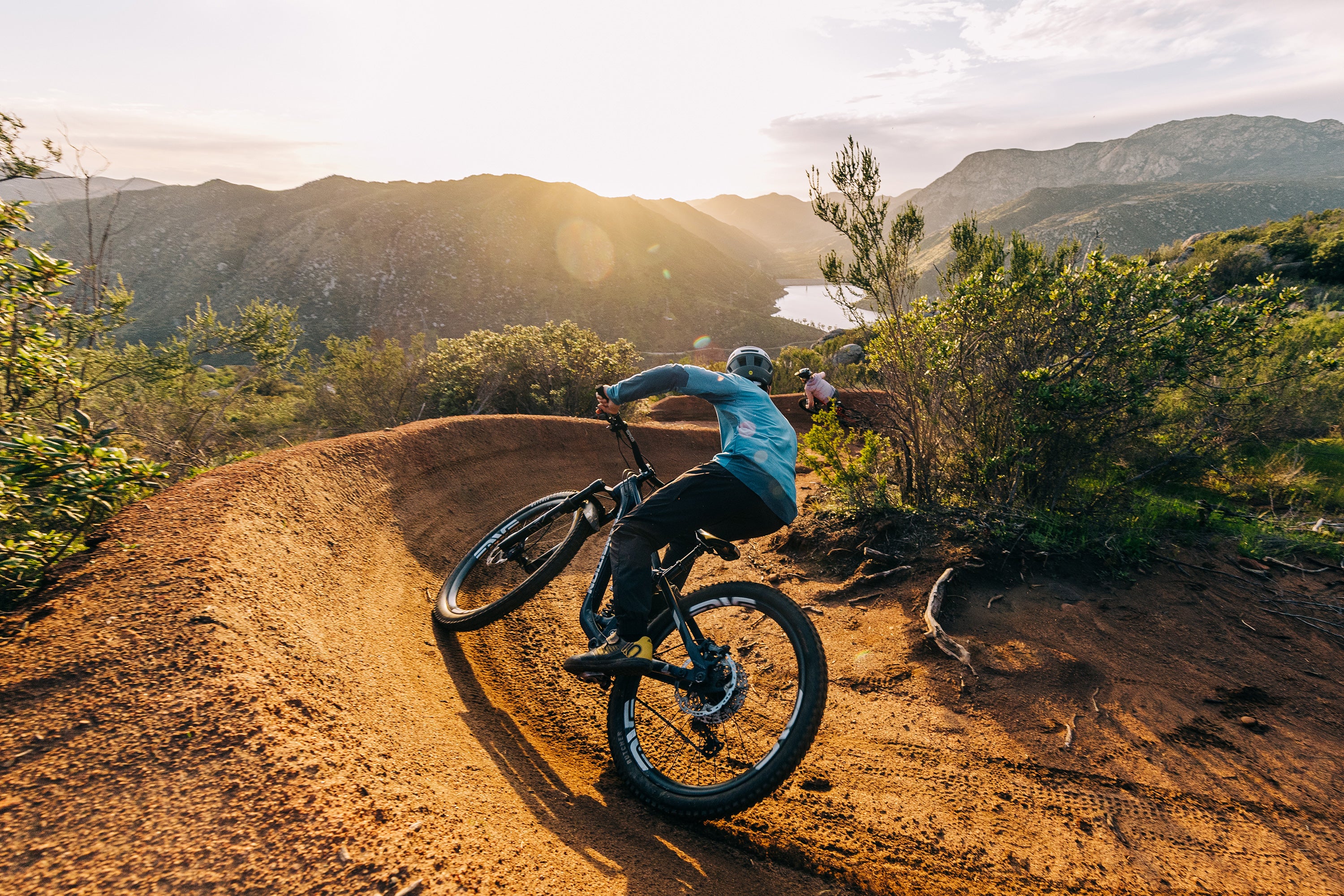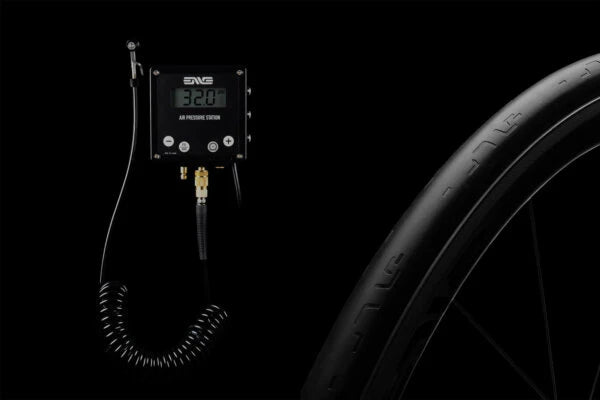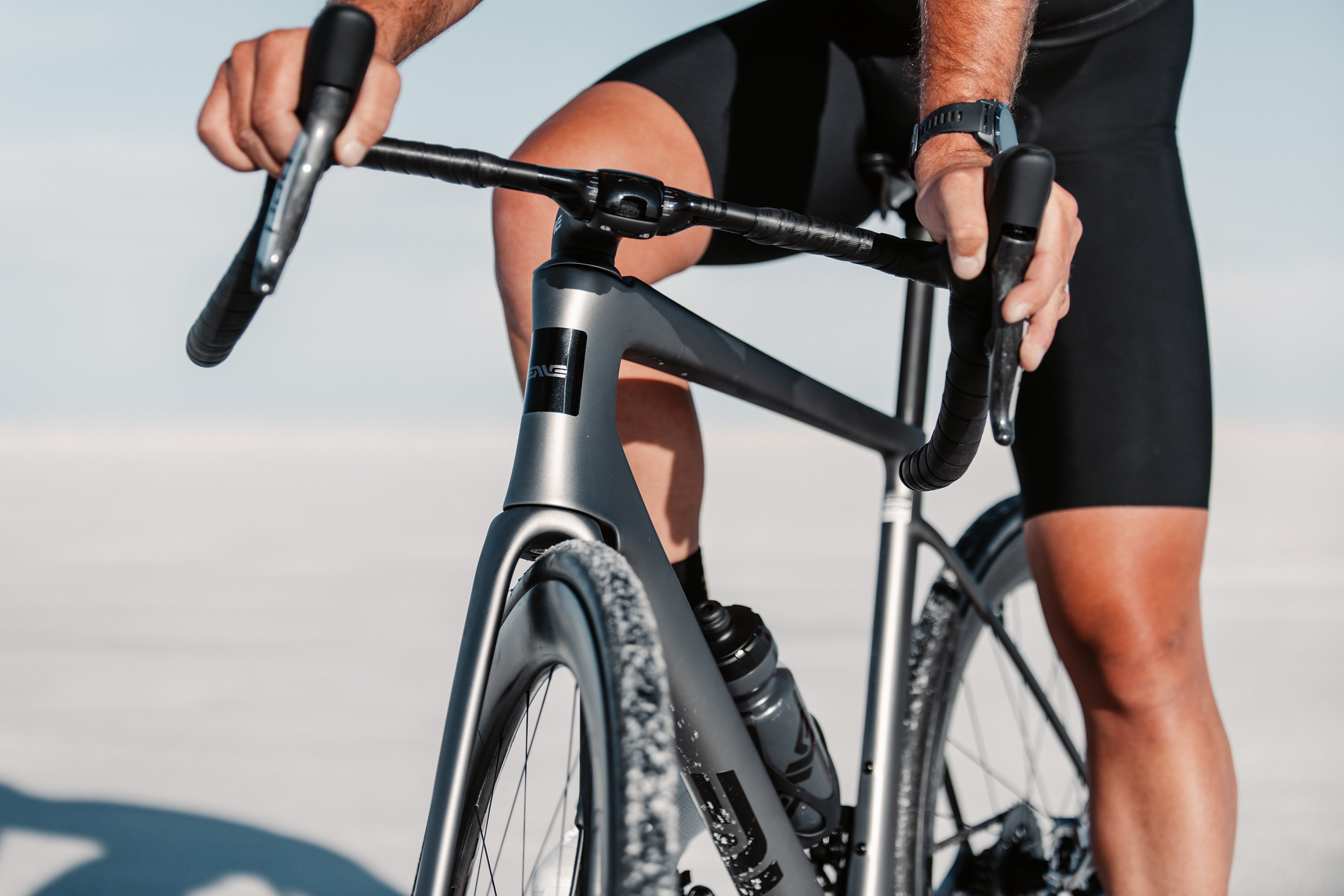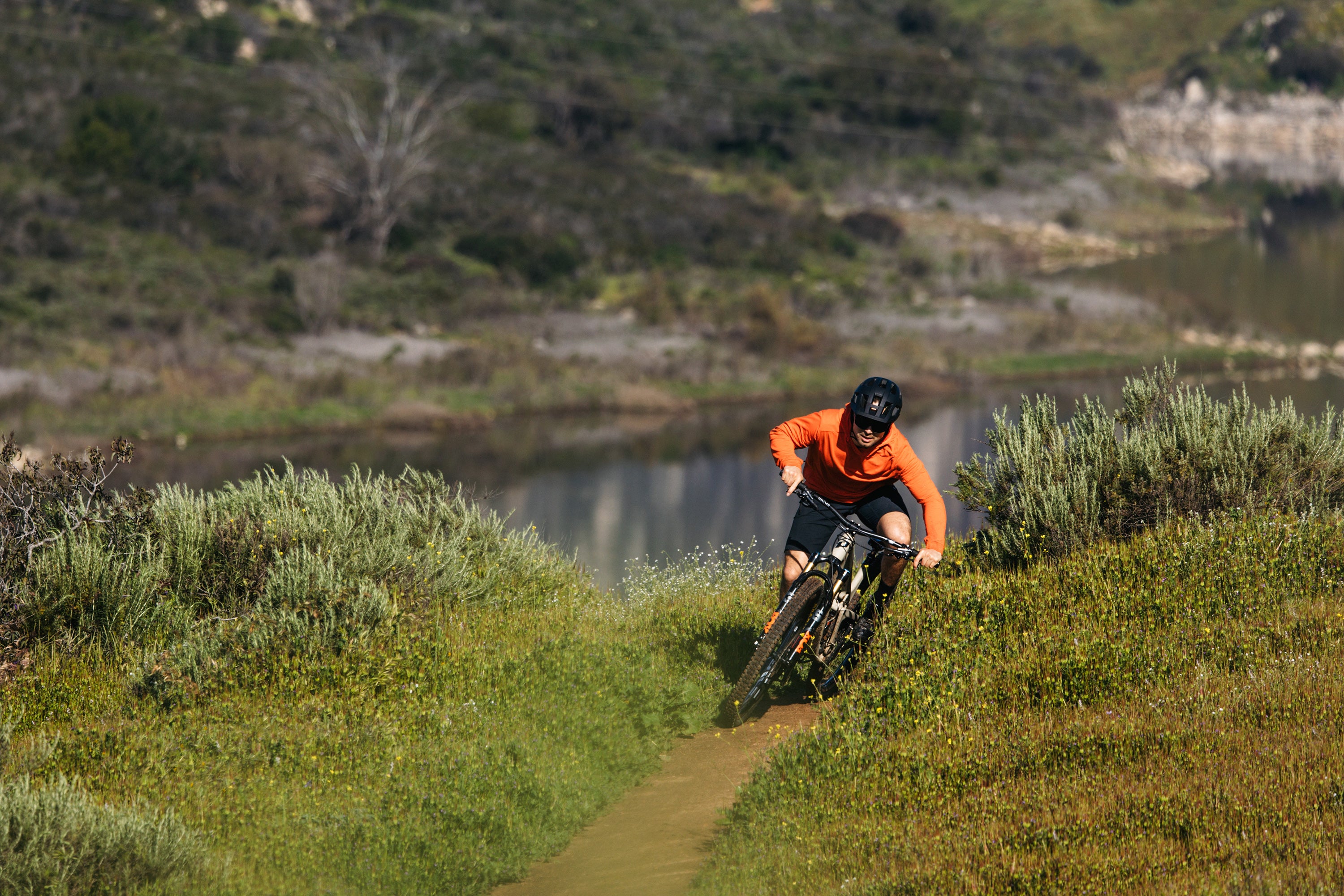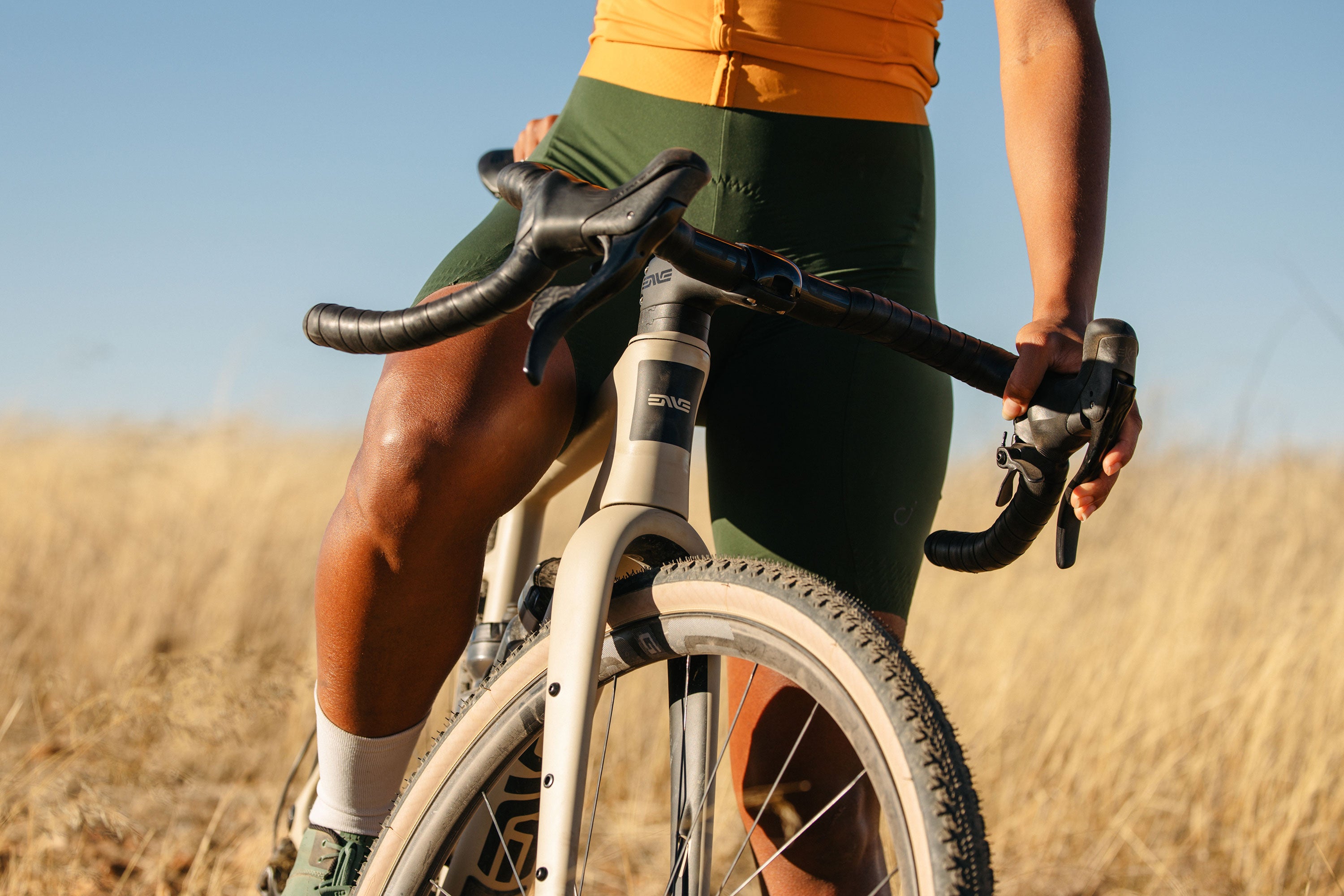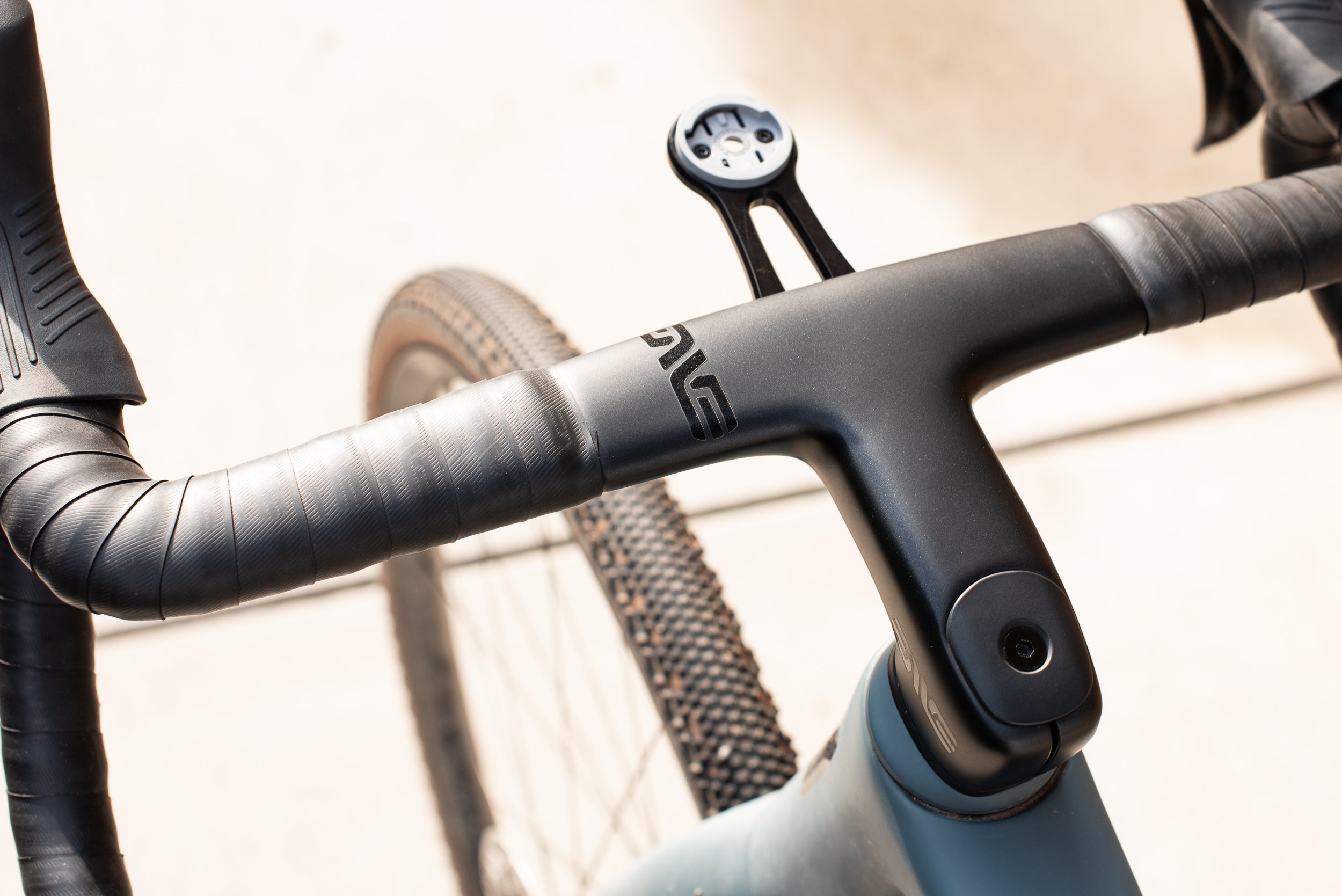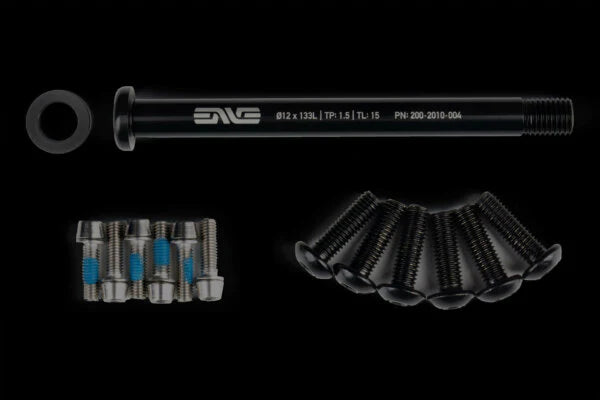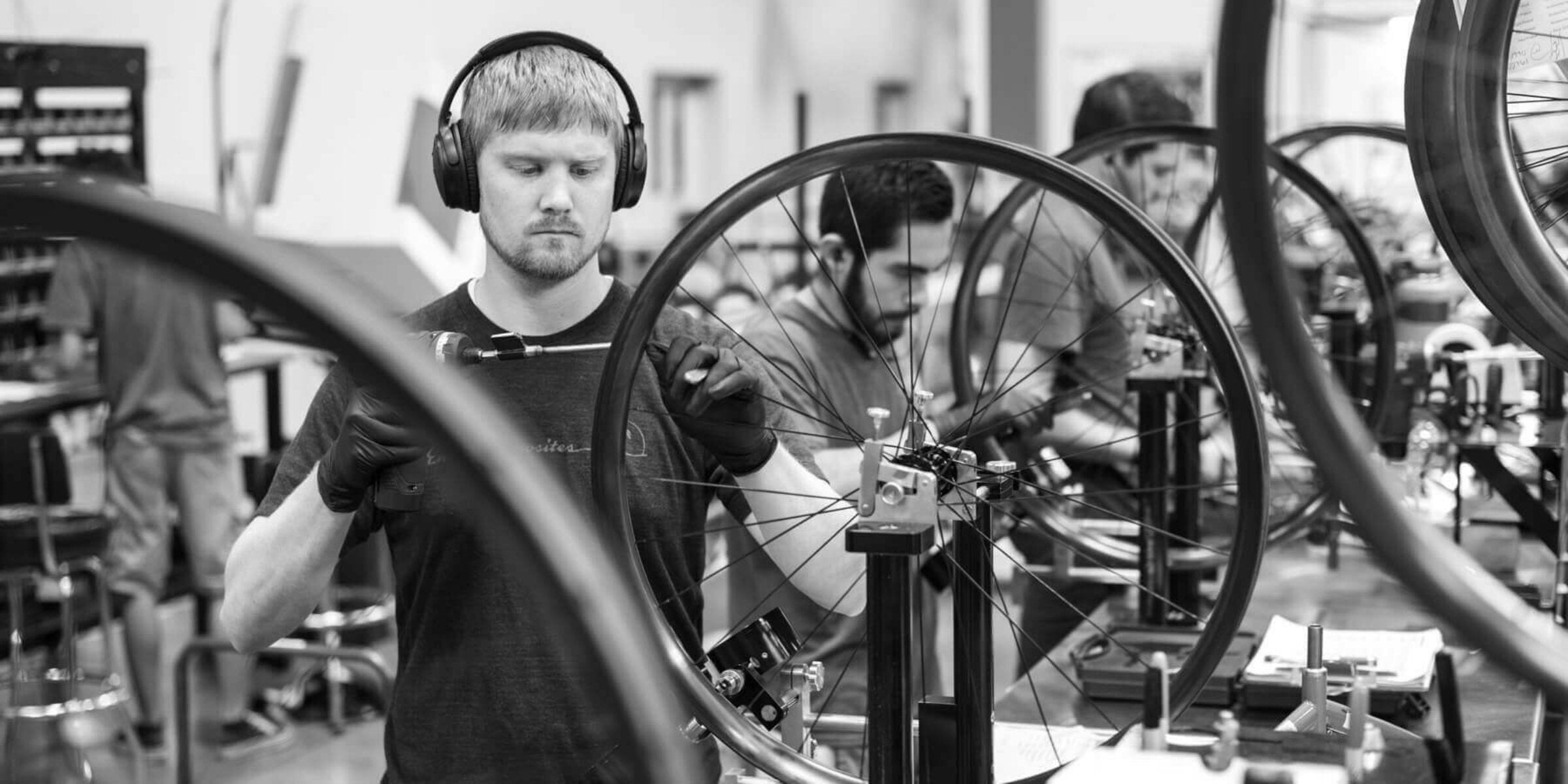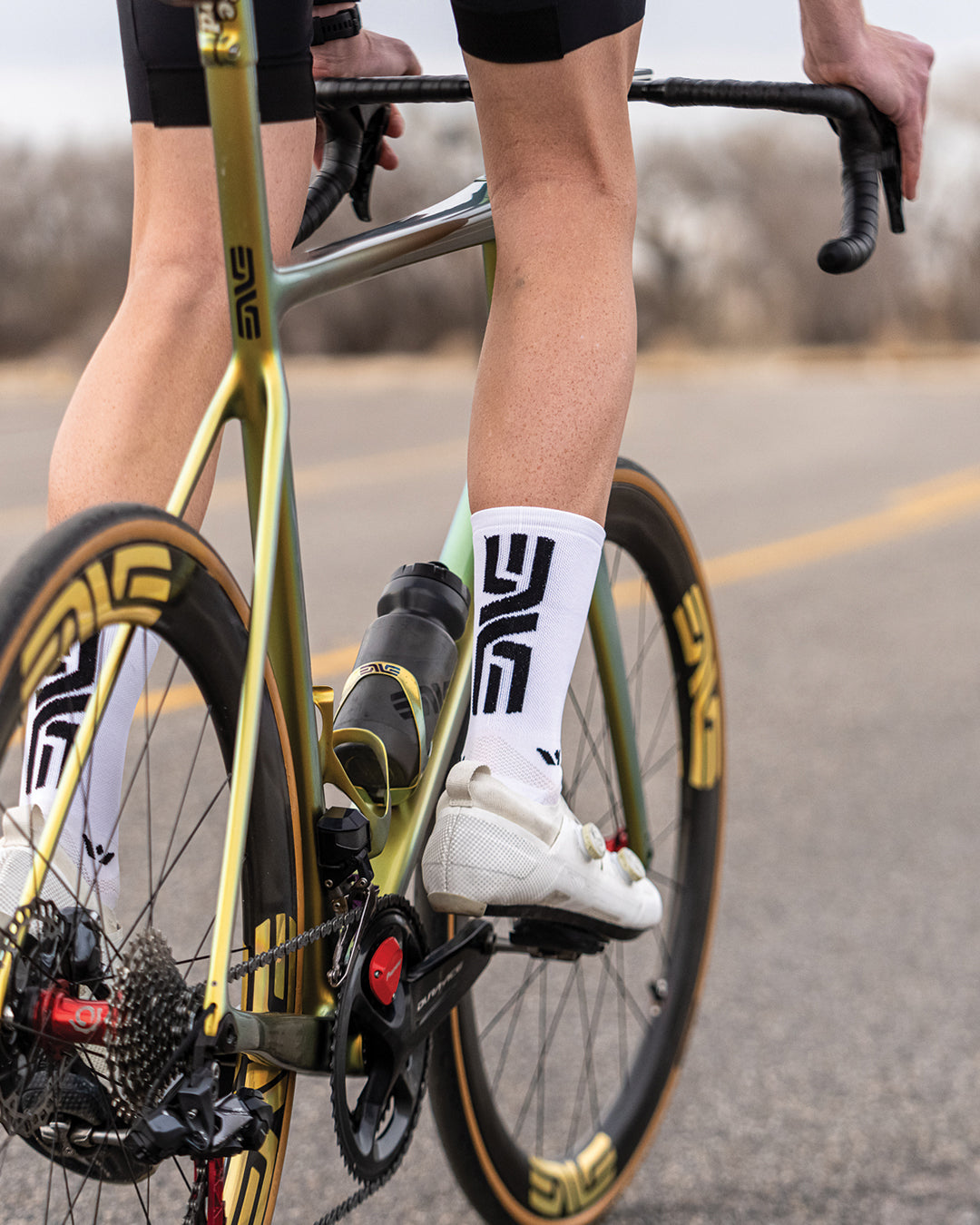TIRE PRESSURE CALCULATOR: your handy guide for road, gravel, and mtb
For such a seemingly simple thing — putting air in a tire — correctly setting your tubeless tire pressure involves a surprisingly complex equation of factors: rider weight, tire dimensions, wheel dimensions, road surface and more… But don’t worry; we’ve got you! We built our tubeless tire calculator so you don’t have to do all the math and can instead focus on enjoying the ride.

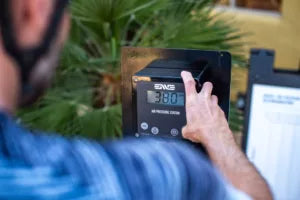

Here’s how it works: In our calculator chart, find your wheel or your wheel’s inner rim width, then find your tire size, and follow that column down to the row for your body weight. Presto! You have a starting point for optimized tire pressure.
We have separate charts for road, gravel, and mountain bike. And you can click between PSI and BAR.
WHY DIAL IN PRESSURE?
As you probably know, tire pressure affects speed, confidence, control, and comfort. For years on the road, riders ran high pressures in skinny tires. In recent years, though, we have learned through testing that wider tires and lower pressures can actually be faster.
ENVE has tested hundreds of tires over the years in the laboratory, in the field, and with our professional athletes and teams. We have reams of data and anecdotal information for optimized tire pressure.
Most enthusiast riders are still running higher-than-optimal pressure.
“We hardly ever see anyone underinflating,” said ENVE marketing manager Neil Shirley, a former professional road and mountain bike racer. “At every event we go to, we have the Air Pressure Station, so we are constantly discussing pressure with athletes.”
“For road riders, the majority are still over-inflating. You go to gravel, and that’s a very informed crowd on tire pressure,” Shirley said. “For triathletes, pressures are coming down. When we went to the Ironman World Championships in Kona in 2019, we probably had half the riders running over 100psi, even on 26-27mm tires. This year, so many more were in the 60-70psi range.”
For mountain bikers, the tangible positive effects of tire pressure have long helped riders dial in their settings, but a simple reference chart is still quite helpful in initial setup of a new pair of wheels or tires.

HOW DID WE BUILD THE CALCULATOR?
To create such detailed reference charts, we built a model to account for the four main factors — body weight, tire size, rim width, riding surface — and then refined that model through a series of validation tests with rolling resistance testing, lab testing, and field testing.
There are some general trends in the chart, but also some surprises. Broadly speaking, as weight goes up, you need more pressure, and as tire width, rim width, and surface roughness increases, pressure should go down.
“When we set out, we thought all these things were linear; we found out they’re not,” said ENVE design engineer Clint Child. “All of these curves are parabolic. So we spent considerable time refining the equations for each of those factors.”
For example, there is more variability in the ideal pressure for riders between 150-200lbs than for riders who are 200-250lbs.

“It’s the same for rim width,” Child said. “With a really narrow rim, you need more pressure. Then the wider you get, and the more the rim supports the tire, the less pressure you need. At a certain point, such as between 23-25mm inner rim widths, you see very little variance in optimal pressure. But for rims between 19-21mm, there is a big difference.”
Among other tests, we included tire sag calculations from an Instron machine to determine what amount of weight produces what amount of sag for various tires on various rims.
A key point to understand is that the recommended pressure listings are not based solely on rolling resistance data.
“We certainly incorporated what we know from rolling resistance tests, but of course the data from rolling resistance tests are best case because you are measuring a fixed load on a smooth drum, which is not what happens in the real world.”

THE FINE PRINT
Like any good tool, the ENVE tire pressure calculator works well for its given purpose, but it can’t account for every minutia of other small factors involved in ideal tire pressure. For example, a world-class athlete might examine things like tire casing, rubber compound or ambient temperature when looking to eke out the tiniest of marginal gains. Also, personal preference is also a valid consideration. That said, you can use the ENVE tire pressure calculator with confidence, knowing that our years of experience and extensive testing went into building this tool for you.


